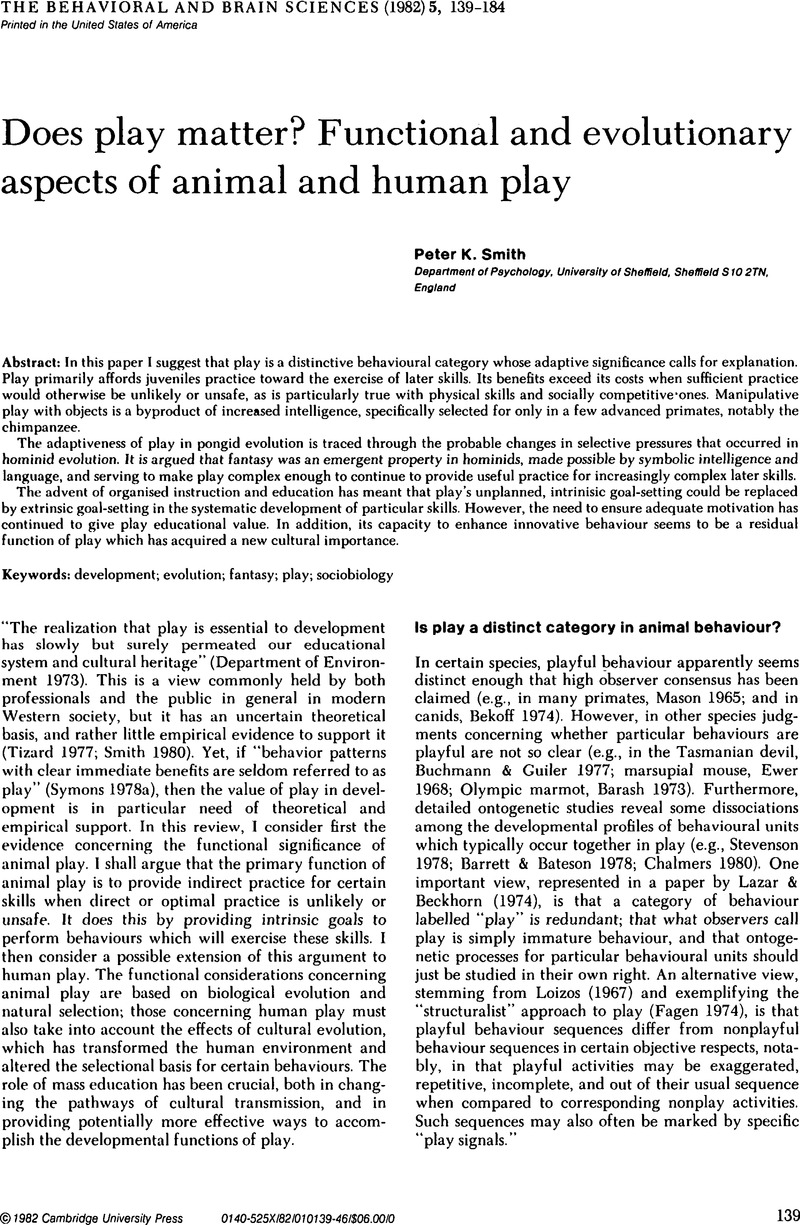Crossref Citations
This article has been cited by the following publications. This list is generated based on data provided by Crossref.
Goldstein, Jeffrey
and
Ruch, Willibald
2018.
Paul McGhee and humor research.
HUMOR,
Vol. 31,
Issue. 2,
p.
169.
McGhee, Paul
2018.
Comments on the special issue
.
HUMOR,
Vol. 31,
Issue. 2,
p.
183.


